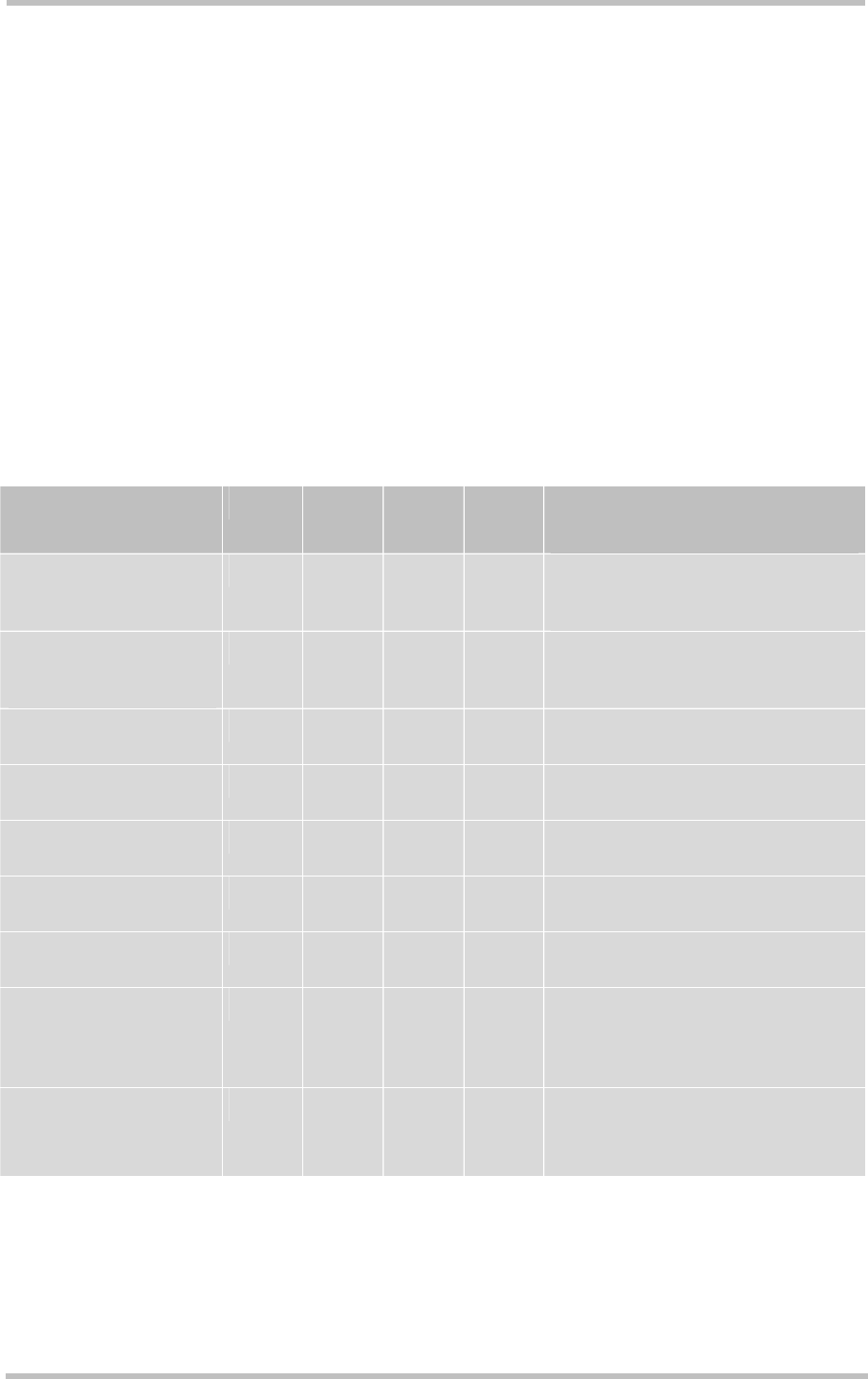User's Manual
Table Of Contents
- Document history
- Introduction
- Product concept
- Application Interface
- Antenna interface
- Electrical, reliability and radio characteristics
- Mechanics
- Reference Approval
- Design example
- List of parts and accessories

MC55/56 Hardware Interface Description
Confidential / Preliminary
s
MC55/56_hd_v03.00 Page 88 of 104 16.08.2005
Note: With regard to acoustic shock, the cellular application must be designed to avoid
sending false AT commands that might increase amplification, e.g. for a high
sensitive earpiece. A protection circuit should be implemented in the cellular
application.
5.5.4 Voiceband receive path
Test conditions:
• The values specified below were tested to 1kHz and 0dB gain stage, unless otherwise
stated.
• Parameter setup: gs = 0dB means audio mode = 5 for EPP1 to EPN1 and 6 for EPP2 to
EPN2, inBbcGain= 0, inCalibrate = 32767, outBbcGain = 0, OutCalibrate = 16384,
sideTone = 0.
Table 30: Voiceband receive path
Parameter Min Typ Max Unit Test condition / remark
Differential output
voltage (peak to peak)
3.33 3.7 4.07 V from EPPx to EPNx
gs = 0dB @ 3.14 dBm0
no load
Differential output gain
settings (gs) at 6dB
stages (outBbcGain)
-18 0 dB Set with AT^SNFO
Fine scaling by DSP
(outCalibrate)
- 0 dB Set with AT^SNFO
Output differential
DC offset
100 mV gs = 0dB, outBbcGain = 0 and -6dB
Differential output
resistance
2 from EPPx to EPNx
Differential load
capacitance
1000 pF from EPPx to EPNx
Absolute gain accuracy 0.8 dB Variation due to change in
temperature and life time
Attenuation distortion
1 dB for 300...3900Hz,
@ EPPx/EPNx (333Hz) /
@ EPPx/EPNx (3.66kHz)
Out-of-band
discrimination
60 dB for f > 4kHz with in-band test
signal@ 1kHz and 1kHz RBW
gs = gain setting










